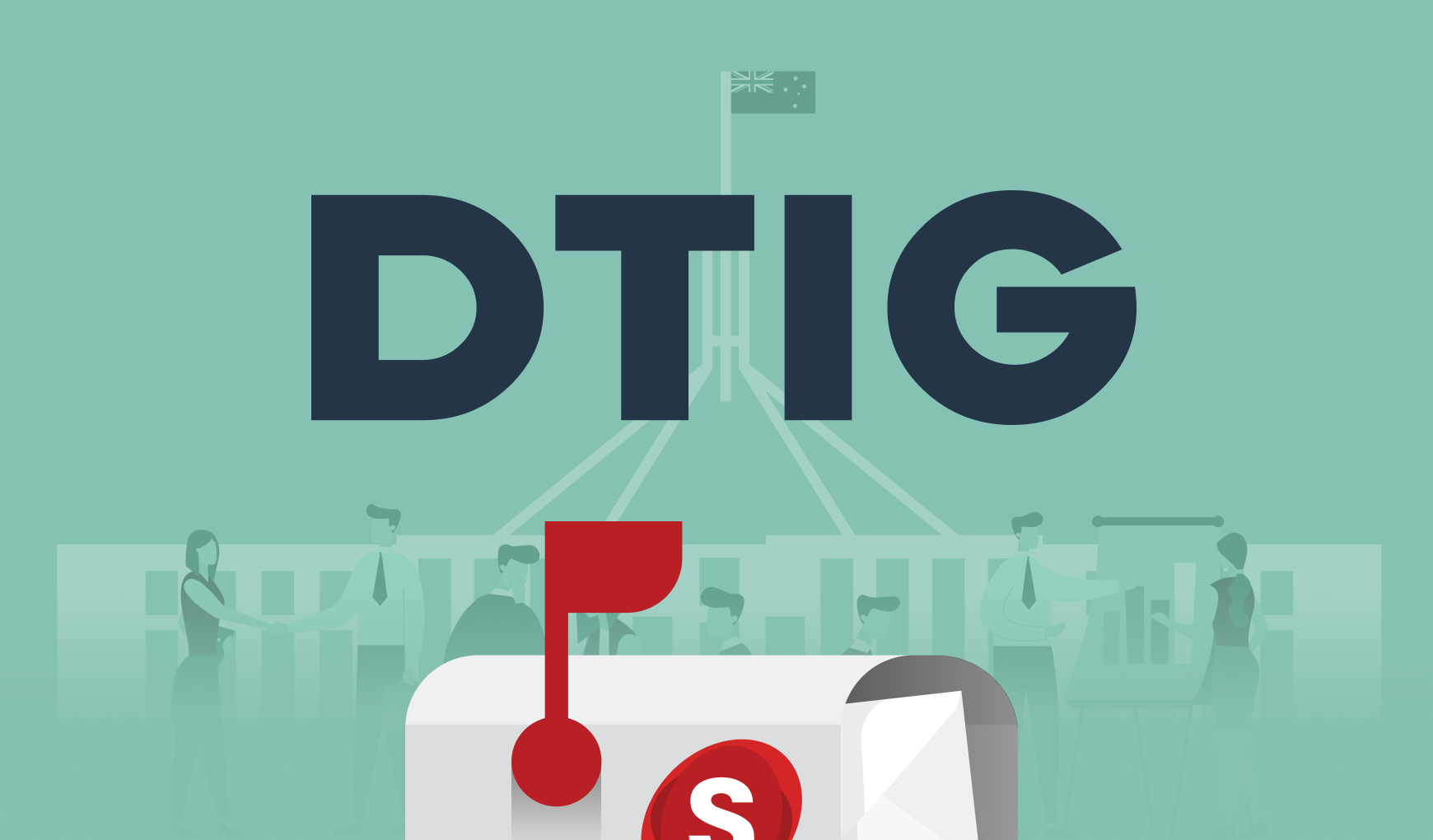IOT and digital transformation
Back in June we blogged about five tech enablers for digital transformation — broadband, data centres, cloud services, big data and the Internet of Things (IoT). They’re important topics and we looked at big data in depth in August and now it’s time for the IoT. These elements are key for all areas of business, but they’re also essential for the government agenda — at all levels.
What is the IoT?
Put simply, the IoT refers to a collection of physical and virtual objects that all connect and communicate with one another. It’s the IoT that enables many of the high-tech developments making the news, such as driverless cars, ‘smart’ cities, robot-controlled factories and self-managing buildings.
IoT in action
IoT uses data from numerous sources and feeds it back into target devices. It burns through lots of data and requires data to be processed quickly so that, for example, a car knows when to turn left, stop, etc.
The Huwaei Global Connectivity and whitepaper released earlier this year provided an IoT case study of a ‘smart farm’ in China. The project uses robots for pollination, harvesting and packaging raw products, and also uses greenhouses with overhead and buried sensor networks to monitor soil temperature and humidity. The results have been extremely positive, with crop output increasing by between three and five times. This is a great example of using IoT to automate and improve processes to deliver real benefits, in this case a higher yield.
The McKinsey Global Institute’s publication The Internet of Things: Mapping the Value Beyond the identifies nine settings of ‘value’ for the IoT:
Factories (e.g. operations and maintenance)
Cities (e.g. traffic control, public safety and health)
Human (e.g. monitoring health)
Retail (e.g. self-checkout, layout optimisation)
Outside (e.g. self-driving vehicles, navigation)
Worksites (e.g. operations and maintenance)
Vehicles (e.g. maintenance)
Homes (e.g. energy management, automation of housework)
Offices (e.g. monitoring workers, augmented reality for training)
The two main areas for government are obviously cities and human (health). Using the IoT, governments around Australia can deliver services that truly matter to citizens. Is your agency using IoT to deliver improved or new services? Could it?
Get set for phenomenal growth
According to the Huwaei GCI whitepaper, global spending on IoT (currently at US$700 billion) will reach US$1.3 trillion by 2019. This gives us a taste of what’s to come. To say IoT is massive is an understatement. Not only will it drive how we use our existing technology, it will also become the foundation of things we haven’t even thought of…yet.
IoT in Australia
In May last year the importance of IoT for the future in Australia was recognised by the formation of the IoT peak body, the IoT Alliance (IoTAA). The not-for-profit has already released several reports, including its substantial 2015 report Enabling the Internet of Things for . In this report, the IoTAA notes the huge potential of the IoT for the Australian economy (estimated at $116 billion by 2025) but also mentions our biggest risk: not capitalising on this opportunity. “While Australia’s fundamental capabilities are relatively good, given its high telecoms connectivity, educated workforce etc., we lack the IoT focus at industry and government level of our peers in harnessing the opportunity IoT offers and we risk losing the opportunity for IoT competitive advantage and market leadership.”
The report then goes on to list some key inhibitors to IoT success (such as a fragmented market, data silos, privacy concerns and regulatory and policy inertia) and some key enablers (such as open data policy and data sharing, IoT market opportunity and open systems for interoperability and competition), before making twelve recommendations. These recommendations have been funnelled into the IoTAA’s six :
Collaboration
Smart industries and cities
Open data and privacy
Spectrum availability and licensing
Cyber security and network resilience
IoT start-up innovation
These six are well worth a closer look and are important to digital transformation in government.
The government’s role
The government’s role at local, state and federal levels is huge — as is its opportunity. Many of our existing, emerging and yet-to-be-created technologies rely or will rely on the IoT and many of these technologies deliver advantages to citizens. Not only are many of the IoT devices run by government, but many of the services fall within the government’s domain. Smart cities are a prime example. We’ll be taking an in-depth look at smart cities next month so we won’t go into detail now, but suffice to say smart cities are a good example of a government-domain IoT project.
The CSIRO is also doing a lot of work with the , including developing a sensing-as-a-Service (SeaaS) platform; and the Australian Communications and Media Authority (ACMA) has drafted a short paper on the IoT and emerging (this forms part of the IoTAA’s workstream 4). There are certainly lots of things to think about it terms of the required infrastructure and policy to support IoT.
Salsa Digital’s take
There’s been a lot of hype around IoT and it does have the potential to live up to that hype…if government and industry get on board and make the most of the opportunities IoT brings to the table. It’s definitely a case of ‘watch this space’ as we know we’ll be hearing a lot more about IoT in the future. And if it’s something that comes under your area, we strongly suggest you check out the and its many . You might also like to take a look at two important publications, the IoTAA’s Enabling the Internet of Things for and McKinsey Global Institute’s The Internet of Things: Mapping the Value Beyond the . They are substantial reads but they could also help you leverage the IoT for your agency.

